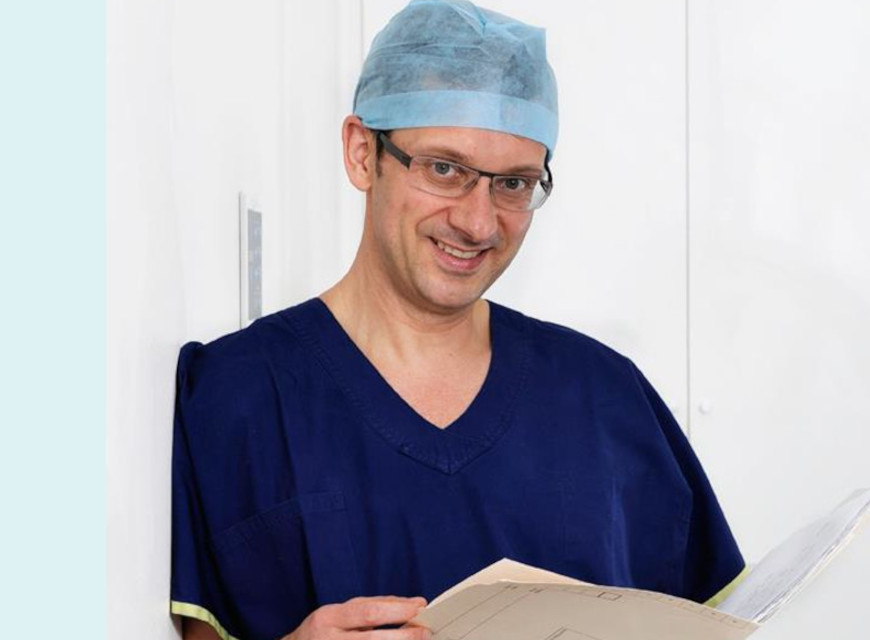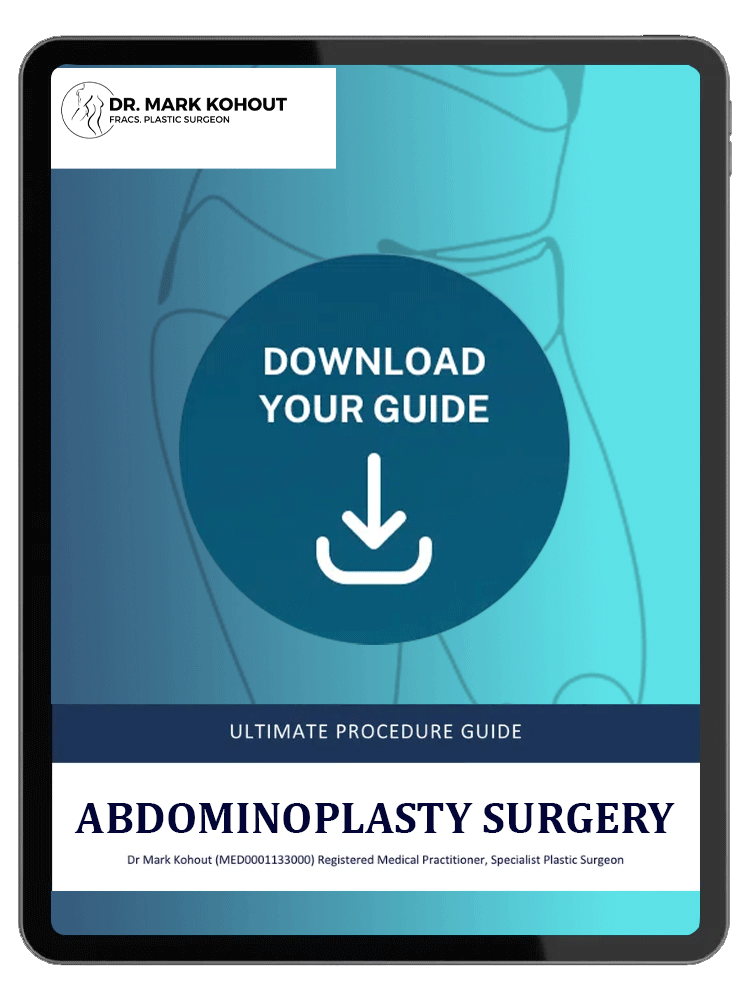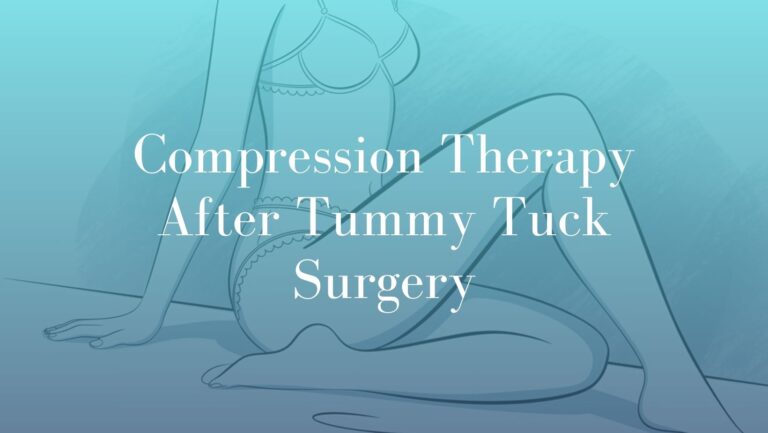
Dr Mark Kohout and His Experience in Hernia Repair Surgery
Dr Mark Kohout is a plastic and reconstructive surgeon based in Australia, with extensive experience in performing a variety of procedures that address both functional and aesthetic concerns. Over the years, Dr Kohout has become known for a considered approach to patient care and surgical planning that reflects each patient’s unique circumstances. His practice is grounded in years of training and continuous professional development, with a focus on providing compassionate and respectful care. Whether addressing complex cases or standard procedures, Dr Kohout’s focus on patient safety and individual needs remains central to his practice. Hernia repair surgery is one of the many procedures where his experience and attention to detail support a carefully planned surgical and recovery process.
What is a Hernia?
A hernia occurs when an internal part of the body, such as an organ or tissue, pushes through a weak spot in the muscle or surrounding tissue wall. This protrusion typically creates a visible lump or bump that may become more pronounced when engaging in activities like lifting, coughing, or standing. Hernias can occur in various parts of the body, but they are most commonly found in the abdominal area.
The main types of hernias include:
- Inguinal Hernia: Located in the groin area, this is the most common form of hernia and often occurs when fatty tissue or part of the bowel pushes into the groin at the top of the inner thigh.
- Femoral Hernia: Less common, this type occurs when tissue pushes through the muscle into the upper thigh, just below the groin. It is more frequently seen in women.
- Umbilical Hernia: Occurring near the belly button, this type of hernia is more common in infants, though it can affect adults as well.
- Incisional Hernia: This type develops when tissue pushes through a surgical scar or incision site in the abdomen.
- Hiatal Hernia: In this case, part of the stomach pushes up into the chest through an opening in the diaphragm.
Hernias can be congenital (present at birth) or develop over time due to factors such as heavy lifting, obesity, pregnancy, or previous surgeries. While not all hernias cause symptoms, they can lead to discomfort, pain, or serious complications if left untreated.
Symptoms and Diagnosis of Hernias
The primary symptom of a hernia is the visible protrusion in the affected area, which may increase in size over time. Other common symptoms include:
- Pain or discomfort: Especially when bending over, coughing, or lifting heavy objects.
- A feeling of heaviness in the abdomen or groin.
- Weakness or pressure in the affected area.
- Burning or aching sensation at the site of the hernia.
In cases of hiatal hernia, symptoms may include heartburn, difficulty swallowing, or chest pain, as part of the stomach pushes into the chest cavity.
In more severe cases, a hernia can become incarcerated or strangulated. Incarceration occurs when the hernia becomes trapped outside of the muscle wall, which may lead to bowel obstruction. Strangulation happens when the blood supply to the herniated tissue is cut off, which can result in tissue death and require urgent medical attention. Symptoms of strangulation include nausea, vomiting, fever, and intense pain.
Diagnosis of a hernia typically involves a physical examination by a healthcare professional. In some cases, imaging studies such as an ultrasound, MRI, or CT scan may be used to confirm the diagnosis, particularly for internal hernias like hiatal hernias.
Hernia Repair Surgery in Australia
In Australia, hernia repair surgery is a common procedure, with thousands of operations performed each year. The aim of surgery is to repair the weakness in the muscle wall and prevent further complications. There are several surgical techniques available, with the choice of method depending on the type, size, and location of the hernia, as well as the patient’s overall health.
Open Hernia Repair
In open hernia repair, the surgeon makes an incision over the site of the hernia. The protruding tissue or organ is gently pushed back into place, and the weakened muscle area is repaired using stitches or, in many cases, a synthetic mesh. The mesh provides additional support to the area, reducing the risk of recurrence. Open surgery is commonly used for larger hernias or when more complex repairs are required.
Laparoscopic Hernia Repair
Laparoscopic hernia repair is a less invasive technique that involves several small incisions rather than a single large one. Through these incisions, the surgeon inserts a laparoscope (a thin tube with a camera) and special instruments to repair the hernia. As with open surgery, mesh is often used to reinforce the muscle wall.
Laparoscopic surgery is typically associated with a faster recovery and less postoperative discomfort, though it may not be suitable for all types of hernias. Factors such as the size and location of the hernia, as well as whether the patient has had prior abdominal surgeries, will determine the most appropriate surgical approach.
Recovery After Hernia Repair Surgery
Recovery times for hernia repair surgery can vary depending on the type of procedure performed and the individual’s overall health. Patients undergoing open hernia repair may need more time to resume normal activities compared to those who have laparoscopic surgery. However, many people are able to return to light activities within one to two weeks after surgery.
Postoperative care typically includes:
- Pain management: Patients may experience some discomfort or soreness around the surgical site, which can be managed with prescribed or over-the-counter pain relief.
- Avoiding heavy lifting: Patients are advised to avoid lifting heavy objects or engaging in strenuous activities for several weeks after surgery to allow the repaired muscle to heal properly.
- Gradual return to exercise: Gentle exercise, such as walking, can help promote circulation and prevent complications such as blood clots. However, high-impact activities should be avoided until cleared by the surgeon.
In most cases, hernia repair surgery is successful, and the risk of recurrence is low. However, as with any surgery, there are potential risks, including infection, bleeding, or injury to surrounding structures. It is important to follow postoperative instructions closely and attend follow-up appointments to support proper healing.
The Role of Mesh in Hernia Repair
The use of mesh in hernia repair has become a standard practice in many cases, as it provides additional support to the weakened area and reduces the likelihood of hernia recurrence. Mesh is a synthetic material that is placed over or under the hernia defect and secured in place. Over time, the body’s tissues grow around the mesh, creating a strong, reinforced area.
While the use of mesh has been proven effective in reducing recurrence rates, there has been some concern about potential complications associated with mesh, such as infection, chronic pain, or mesh migration. These complications are rare, but it is important for patients to discuss the benefits and risks of mesh with their surgeon before the procedure. In some cases, non-mesh repair techniques may be used, particularly in small hernias or for patients who have had previous complications with mesh.
Abdominoplasty Surgery Before and After Images
Hernia Repair and Health Insurance in Australia
Hernia repair surgery is generally considered a medically necessary procedure, especially if the hernia is causing pain or is at risk of complications such as strangulation. As a result, it is often covered by Medicare and private health insurance in Australia.
Medicare covers a portion of the costs for hernia repair surgery, particularly when the procedure is performed in a public hospital. However, patients who choose to have their surgery in a private hospital may face out-of-pocket expenses, depending on their level of private health insurance coverage.
Private health insurance can help cover the cost of hospital fees, surgeon’s fees, and anaesthetist fees. Patients are advised to check with their insurance provider to understand what is covered and what additional costs may apply.
Preventing Hernias
While not all hernias can be prevented, there are steps individuals can take to reduce their risk. These include:
- Maintaining a healthy weight: Excess body weight can put added pressure on the abdominal muscles, increasing the risk of hernias.
- Avoiding heavy lifting: When lifting heavy objects, it is important to use proper lifting techniques to avoid straining the muscles.
- Strengthening core muscles: Regular exercise that focuses on strengthening the core muscles can provide better support for the abdominal region.
- Treating chronic coughs or constipation: Chronic coughing or straining during bowel movements can increase abdominal pressure and contribute to hernia formation.
Hernia repair surgery is a highly effective way to address the discomfort and potential complications associated with hernias. In Australia, patients have access to experienced surgeons like Dr Mark Kohout, who are well-versed in performing both open and laparoscopic hernia repairs. With the right care and treatment, individuals can expect a successful outcome and a return to normal activities in due course. Whether through traditional or minimally invasive techniques, hernia repair helps restore function and prevent more serious health issues, making it a vital procedure for those affected by this common condition.
Hernia Complications and the Importance of Timely Treatment
While some hernias may initially seem minor, it is important to seek medical attention if a hernia is detected. Over time, hernias can become larger and more uncomfortable, increasing the likelihood of complications. Ignoring or delaying treatment can lead to more serious issues such as:
- Incarceration: As mentioned earlier, a hernia may become stuck or trapped outside the muscle wall, which can cause significant pain and discomfort. This situation requires immediate medical intervention to prevent further complications.
- Strangulation: The most serious complication of a hernia is strangulation. When the blood supply to the herniated tissue is cut off, it can lead to tissue death, causing intense pain, nausea, vomiting, and other serious symptoms. Strangulation requires emergency surgery, as it can be life-threatening if not addressed promptly.
Timely hernia repair surgery helps prevent these complications, allowing for optimal outcomes and a more straightforward recovery. It is always best to consult a healthcare professional if any signs of a hernia appear, especially if there are concerns about pain or swelling in the area. Early intervention can often lead to less invasive treatment options and a quicker return to normal activities.
Advances in Hernia Surgery Techniques
Hernia surgery has evolved significantly over the years, with advancements in both surgical techniques and postoperative care. In particular, the development of laparoscopic hernia repair has been a major breakthrough, offering a less invasive option for patients. However, even traditional open hernia repair techniques have improved with better anaesthesia, suturing methods, and the use of synthetic mesh.
- Robotic-assisted hernia repair: A newer development in hernia surgery is the use of robotic systems to assist with the procedure. Robotic-assisted surgery allows for greater precision, flexibility, and control than standard laparoscopic surgery. Surgeons use a console to control robotic arms, which perform the delicate task of repairing the hernia. This method can offer the benefits of minimally invasive surgery while providing enhanced accuracy, especially for complex hernia cases.
- Tension-free repair: One of the most significant advances in hernia surgery has been the adoption of tension-free repair techniques, which involve using mesh to strengthen the area without placing undue tension on the surrounding tissue. This method has been shown to reduce the risk of recurrence, as the mesh acts as a reinforcement, allowing the tissue to heal more effectively.
As hernia surgery continues to advance, patients can expect better outcomes and improved recovery experiences. Surgeons like Dr Mark Kohout stay at the forefront of these developments, meaning that their patients benefit from the latest techniques and best practices in hernia repair.
Life After Hernia Surgery: Long-term Considerations
While hernia repair surgery has a high success rate, it is important for patients to take care of their health in the long term to reduce the risk of recurrence or complications. Some lifestyle changes and preventive measures can help ensure the success of the surgery and prevent future hernias.
- Healthy Diet and Weight Management: Maintaining a balanced diet and healthy weight is crucial after hernia surgery. Excess weight puts additional pressure on the abdominal muscles, which can lead to a recurrence of the hernia. Incorporating more fibre into the diet can also help prevent constipation, reducing strain on the muscles during bowel movements.
- Exercise and Strengthening: While heavy lifting should be avoided immediately after surgery, light exercise can be beneficial. Gradually incorporating core-strengthening exercises can help support the muscles and reduce the risk of future hernias. It is important to follow the advice of a healthcare professional or physical therapist when starting any exercise regimen after surgery.
- Regular Check-ups: Patients who have undergone hernia repair should have regular check-ups with their surgeon or healthcare provider to monitor their progress. This is particularly important for those who have had mesh repair, as complications related to mesh, while rare, can occur over time.
- Avoiding Strain: Patients should be mindful of activities that may put a strain on their abdominal muscles. This includes avoiding heavy lifting, using proper lifting techniques when necessary, and addressing any chronic coughs or other conditions that increase intra-abdominal pressure.
By taking these steps, patients can help support the long-term success of their hernia repair and reduce the risk of further complications.
Hernia repair surgery is an essential procedure for individuals experiencing discomfort or complications due to hernias. In Australia, patients have access to experienced surgeons such as Dr Mark Kohout, who offer a range of surgical techniques to address hernias effectively and safely. Whether through open surgery or minimally invasive laparoscopic techniques, hernia repair helps restore normal function, prevent complications, and improve the overall quality of life for those affected by this common condition.
The key to successful hernia repair lies in early diagnosis, proper treatment, and adhering to postoperative care instructions. With the right approach, most individuals can expect a steady recovery and a return to their daily activities without further issues. By taking proactive measures to protect their health and reduce strain on the abdominal muscles, patients can help prevent the recurrence of hernias and enjoy the potential long-term benefits from the surgery.
Whether it is a simple umbilical hernia or a more complex incisional hernia, the importance of seeking professional advice and undergoing timely surgery cannot be overstated. In Australia, patients can rely on the experience of skilled surgeons like Dr Mark Kohout to guide them through the process and provide a high standard of care.
Further Reading about Hernia Repair Surgery with Sydney Specialist Plastic Surgeon Dr Mark Kohout
- Read more about Dr. Mark Kohout’s Different Types of Abdominoplasty – Tummy Tuck Surgeries Blog
Related Blog Posts
Diet After Abdominoplasty / Tummy Tuck:…
If you have just had a tummy tuck surgery (also called abdominoplasty), you are probably looking forward to getting back to your regular routine again. While the recovery process can take…
Techniques in Tummy Tuck – Abdominoplasty:…
Popular Abdominoplasty Techniques in 2025 The field of tummy tuck – abdominoplasty surgery continues to advance, offering patients diverse options. In this blog, Sydney Plastic Surgeon Dr Mark Kohout will discuss some of the…
Compression Therapy After Abdominoplasty / Tummy…
Abdominoplasty, commonly referred to as a tummy tuck, is a well-known cosmetic operation focused on enhancing the look of the stomach. A tummy tuck surgery in Sydney can result in…

Experienced Plastic Surgeon
Dr. Mark Kohout
A qualified plastic surgeon who operates with care and integrity, based in central Sydney with over 20 years of experience in the cosmetic field. His extensive training and experience assures patients they are in highly trained surgical hands. Dr. Kohout is a dedicated, friendly professional who is committed to providing the high quality care, support and results, alongside his compassionate team.
Dr Mark Kohout (MED0001133000)
Specialist Plastic Surgeon
Specialist registration in Surgery – Plastic Surgery








